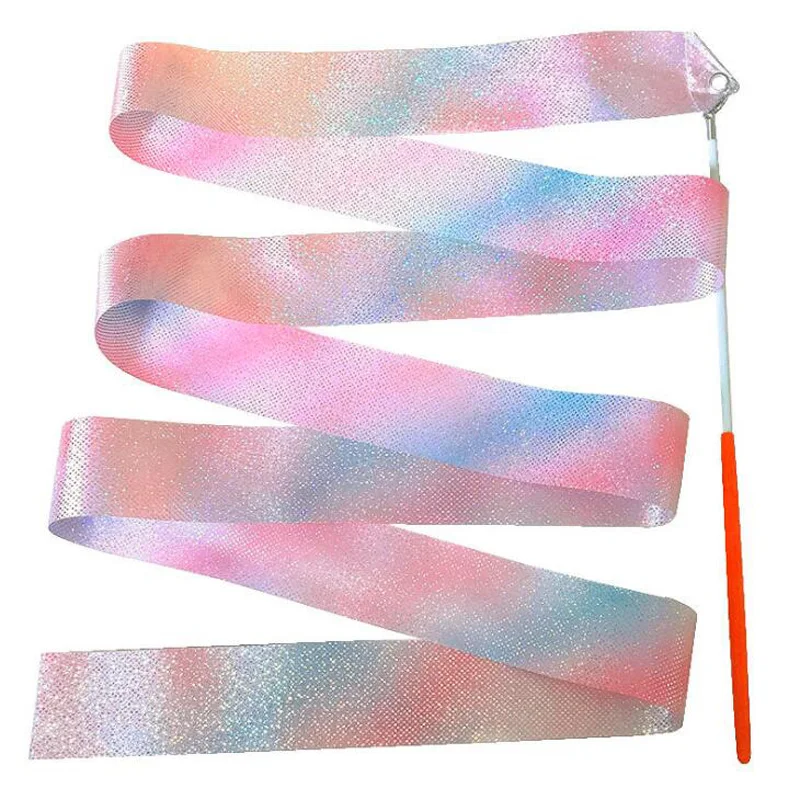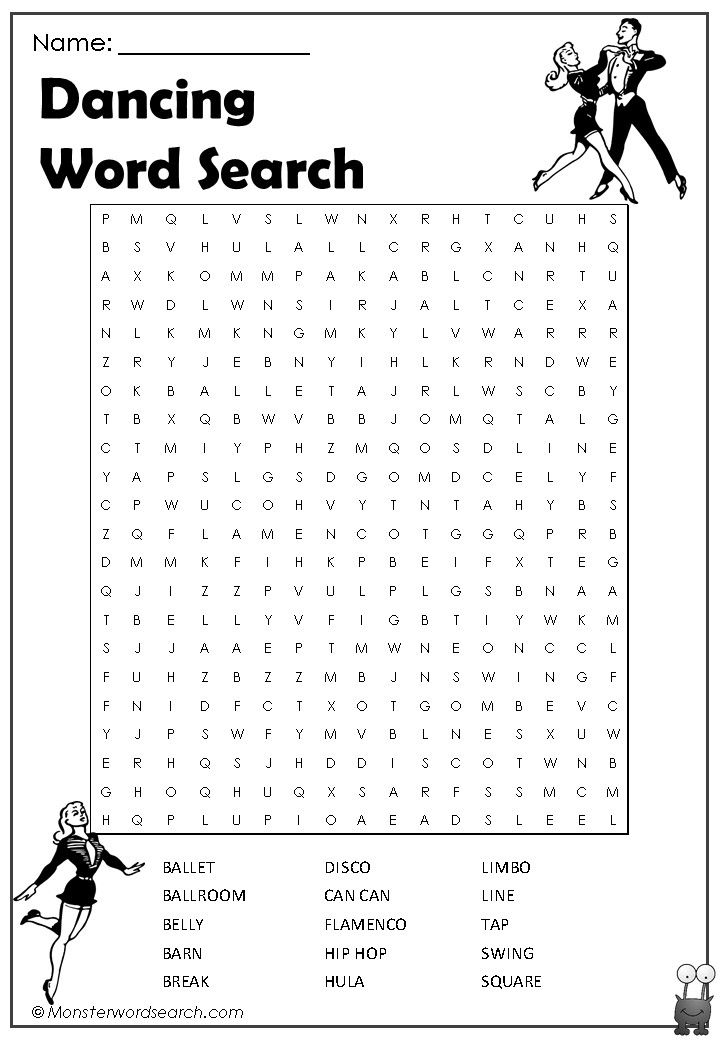How dancers do laundry
How to Care for Dancewear and Dance Costumes
By
Mary Marlowe Leverette
Mary Marlowe Leverette
Mary Marlowe Leverette is one of the industry's most highly-regarded housekeeping and fabric care experts, sharing her knowledge on efficient housekeeping, laundry, and textile conservation. She is also a Master Gardener with over 40 years' experience; writing for over 20 years.
Learn more about The Spruce's Editorial Process
Updated on 10/24/22
Reviewed by
Brandon Pleshek
Reviewed by Brandon Pleshek
Brandon Pleshek of Clean That Up! is a seasoned veteran of the cleaning industry with over 20 years of experience in commercial and residential cleaning. He is a member of The Spruce's Cleaning and Organizing Review Board
Learn more about The Spruce's Review Board
The Spruce / Nelly Cuanalo
Whether practicing or performing, dancewear, cheer uniforms, dance costumes, and dance shoes can be quite expensive. Learning how to clean and care for them early on can help you save money in the long run.
Leotards
Leotards today are made from high-performance materials that need a bit of special care to maintain their stretch and texture. Always turn solid color leotards inside-out before washing to prevent snags. Wash them by hand or on a gentle cycle using a gentle or sports detergent. Do not use fabric softeners which can build-up on the fibers and make the leotards less breathable. Use warm or cold water—never hot. Do not dry them in your dryer. Instead, hang them in direct sunlight, or near a heat source, like a radiator.
If the leotard has stains, treat them before washing following the specific direction for each type of stain. For heavy body soil and perspiration, mix a solution of oxygen-based bleach (OxiClean, Clorox 2, Country Save Bleach, or Purex 2 Color Safe Bleach are brand names) and cool water following package directions. Soak the leotard at least two hours or up to overnight before washing as usual.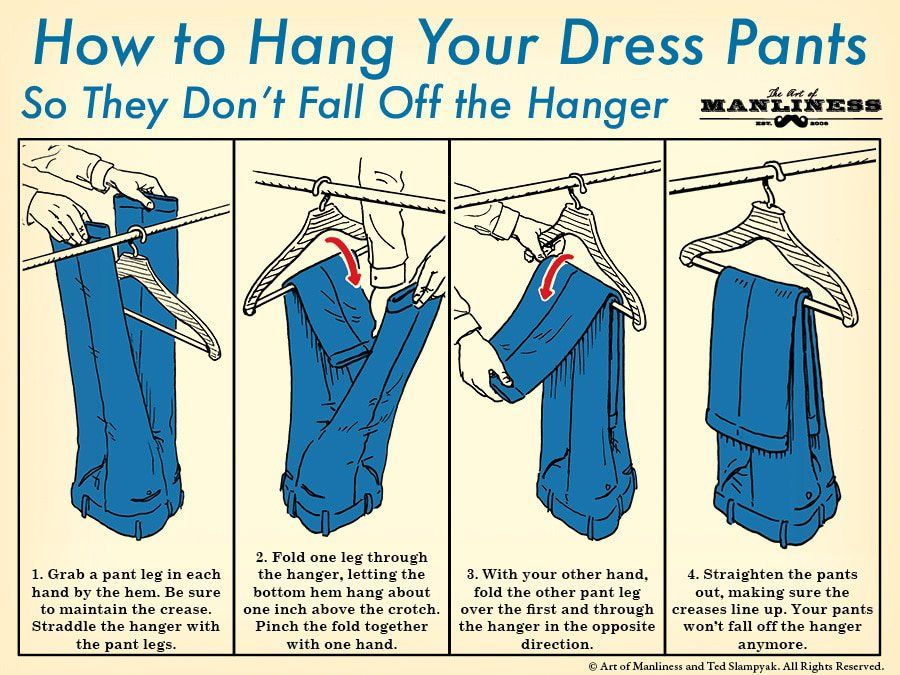
The Spruce / Nelly Cuanalo
Metallic Leotards
The metallic threads used in leotards are more delicate than regular fibers. They can break and even tarnish during washing. Metallic designs should always be washed by hand with a gentle touch. Use a gentle detergent and no fabric softeners that can dull the threads.
Tights and Leggings
All tights and leggings should, ideally, be hand washed in cool water with a gentle detergent. If it is necessary to wash them in a washer, they should be placed in a mesh bag before adding to the washer. Use a gentle cycle, cool water, and a mild detergent. Air dry away from direct heat. Never place in a hot dryer. If they must be dried quickly, use the air only tumble cycle on the dryer.
Dance Costumes
Many dance costumes—especially those for children—are constructed from inexpensive materials and meant to be worn only once or twice. Do not clean or wash the costumes before the first performance because they may not withstand the cleaning and fade or lose their shape.
However, if you want to pass the costume along to someone else, read the cleaning directions carefully. Most can be washed by hand in cold water using a mild detergent. Remove as many bows or trimmings as possible before washing. Do not wring the costume. Roll in a towel to remove excess moisture and dry flat or hang to air dry. Do not place it in direct sunlight—that could cause fading.
For costumes that are made of velvet, chiffon, leather, or satin, use a professional dry cleaner.
Tutus
For most ballet dancers, a tutu is a significant garment that declares that you are gaining knowledge and position in your ballet training. Most tutus are separate garments from the leotard but if they are all one piece, the washing instructions remain the same.
The biggest challenge in washing tutus is to prevent crushing. To wash a plain tutu, fill a large sink or bathtub with lukewarm water and a small bit of a mild detergent. Swish the tutu gently through the water. Drain the tub and refill with clean water to rinse. Remove the tutu, shake gently to remove as much water as possible, and then hang to air dry.
Drain the tub and refill with clean water to rinse. Remove the tutu, shake gently to remove as much water as possible, and then hang to air dry.
If the tutu has a metal hoop, it should be removed before washing. The metal can rust and ruin the tutu. If there is added trim, it should be removed to prevent fading. Beads and sequins that are glued on and not hand-sewn may come off during washing.
The Spruce / Nelly Cuanalo
Dance Shoes
Many dance shoes have suede soles for flexibility that can accumulate a great deal of dirt and wax. The soles can be cleaned by using a suede brush after every wearing. The suede nap should be brushed in one direction until the soil is removed and the nap has returned.
Canvas dance shoes can be placed in a mesh bag like one from Diamond Laundry and washed in the washer on a gentle cycle in cool water. Allow them air dry. You may need to stuff them with white tissue paper to help them retain their shape.
Leather shoes should be cleaned with a leather cleaner or good saddle soap.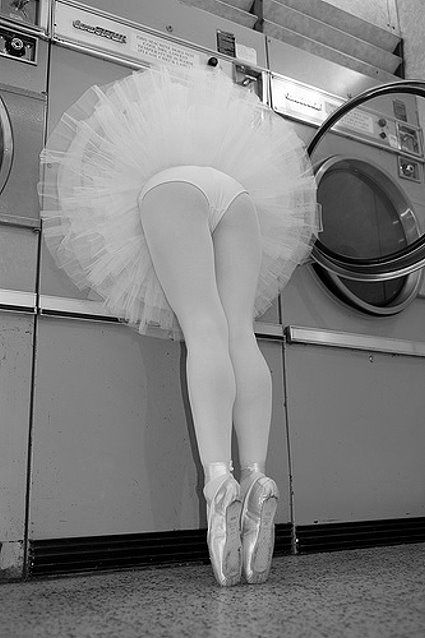 Patent leather shoes can be cleaned by spraying window cleaner on a white cloth and wiping down the shoes.
Patent leather shoes can be cleaned by spraying window cleaner on a white cloth and wiping down the shoes.
The Spruce / Nelly Cuanalo
A Costume Shop Manager's Expert Advice for Making Your Dancewear Last Longer
What’s the best way to extend the life of your favorite leotard or piece of workout wear? Aside from fabric quality, it largely comes down to what you do on laundry day.
We spoke with Erin Rollins, costume shop manager at BalletMet, for her top tips on keeping your beloved dancewear in rotation for years to come. (Spoiler alert: No, washing and drying everything on the same setting isn’t advised.)
Keep it cool
“Cold water is always the best option with stretch fabrics,” says Rollins. “Warm is okay, but hot water should be avoided.” Why? It can damage the fabric’s elasticity over time. Plus, if your clothing has bright or deep colors, opt for cold—heat can have adverse affects on color fastness.
Regular versus delicate cycles
The majority of leotards, sports bras and activewear can be laundered on a regular cycle, says Rollins. Tights, leotards and anything that’s delicate (like lace or lightweight mesh) should be set aside for a delicate cycle or hand-washing.
Tights, leotards and anything that’s delicate (like lace or lightweight mesh) should be set aside for a delicate cycle or hand-washing.
Be mindful of anything with hooks, which can damage other items. Rollins recommends washing your tights in a lingerie bag to avoid snags.
The drying debate
When it comes to using a dryer, “there’s a lot of debate about this in wardrobe land,” says Rollins. “Many wardrobe managers will avoid drying garments because it elongates the life.” But she points out that company costumes have a very high value and often need to last at least 10 to 20 years. “Most dancers don’t need their rehearsal wear to last like that, so drying really isn’t that big of a deal.”
In fact, if your leotard is looking saggy, the dryer’s heat can help the elastic in stretch wear “spring back.” And if it’s a synthetic fabric, shrinking usually isn’t an issue.
One exception to using a dryer: If the tag lists more than 5 to 7 percent cotton. With cotton, colors fade and the surface of the fabric can develop a fuzzy white layer. Using a dryer speeds up that process.
With cotton, colors fade and the surface of the fabric can develop a fuzzy white layer. Using a dryer speeds up that process.
Caring for your favorite pieces
A washing machine is never foolproof, warns Rollins. “There is always the potential for ‘laundry disasters’: snags, tangles, shrinkage, dye stains from other clothing, etc.” That said, clothing made from heavier fabrics, like sports bras, activewear and some leotards, will generally hold up fine.
“But if the item is made from a super-lightweight fabric, or has lace, or if I really love it and want it to last forever, I might hand-wash it, so I’m certain it stays intact,” she says.
How to hand-wash
Fill a sink or tub with cold water, add a very small amount of clothes detergent and swish it so suds start to form. Soak your item for 30 minutes, then rinse it in clean, cold water. Roll the clothing in a towel to remove excess moisture, and let it air dry on a plastic hanger or rack. (Avoid wire hangers, which can rust, says Rollins.)
(Avoid wire hangers, which can rust, says Rollins.)
About those stinky, sweaty clothes…
“Odor in clothing is usually due to bacteria, and bacteria will only grow if you give it time to get started,” says Rollins. Post-class, don’t throw your damp clothes in your hamper, or let them sit in your dance bag or a locker for more than a few hours. “That’s a great recipe for gross.”
Salt from sweat can also wear down stretch materials, notes Rollins, so wash promptly if you can.
If you’re not doing a load right away, let your clothes dry before you add them to the basket. And if you’re worried about the lingering stench, soak it in cold water for 30 minutes before washing it with warm water and putting it in the dryer.
What she wishes dancers would stop doing
“Don’t ever wash your tights with anything that has color,” says Rollins, recalling a dancer whose tights had turned grayish pink because she’d washed them with her leotards.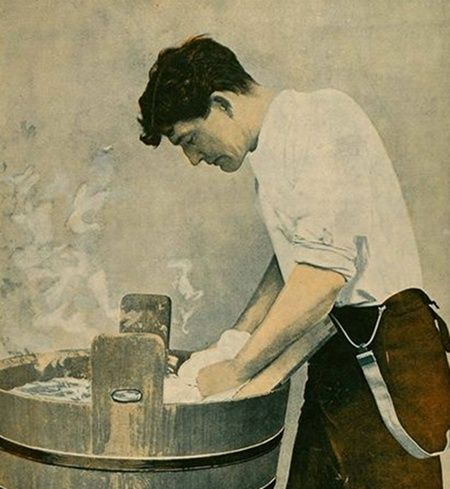 “The majority of dance tights are made with nylon—a magnet for dye. If there’s anything else in the washer that has color, and even a tiny bit of that color escapes, the tights will grab that color and never let it go.”
“The majority of dance tights are made with nylon—a magnet for dye. If there’s anything else in the washer that has color, and even a tiny bit of that color escapes, the tights will grab that color and never let it go.”
When buying new dancewear, consider fabric, weight and weave
Aside from how you wash your dance clothes, Rollins says these three factors can shorten their lifespan:
- Fabric: “Natural fibers like silk, cotton and bamboo break down more quickly and show holes.”
- Weight: “If a fabric is super-light, sheer or thin, it will wear down more quickly.”
- Weave: “If the weave has large holes that you can see—like mesh or lace—it will be more likely to snag.”
If you’re looking for dancewear that can go the extra mile, opt for opaque, synthetic material that feels thick when held between your fingers.
How to wash ballerinas for dancing in the washing machine
Ballet shoes are the most commonly used dance shoes, which come in several types: textile, leather, leatherette, with a rubberized toe, white, black, beige, with and without decorations.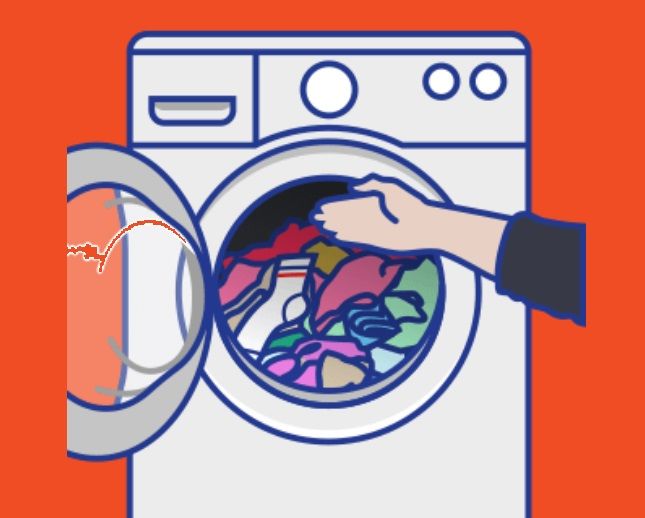 How to wash ballet flats in the washing machine and by hand depends on the material, color and quality of tailoring. In any case, it is correct to use liquid detergent and warm water up to 40 degrees for washing. Machine washable only for fabric ballerinas without sequins, rhinestones or other decorative elements.
How to wash ballet flats in the washing machine and by hand depends on the material, color and quality of tailoring. In any case, it is correct to use liquid detergent and warm water up to 40 degrees for washing. Machine washable only for fabric ballerinas without sequins, rhinestones or other decorative elements.
Features of washing dance shoes
Dance shoes get dirty less than street shoes, that's a fact. However, the pollution on it is more persistent. The dust mixes with the paraffin that the floor covering has been treated with and firmly eats into the material.
To clean ballerinas, it is imperative to soak in soapy water:
- Dissolve a pinch of washing powder (or 1 teaspoon of shampoo, liquid detergent) in 2 liters of warm water.
- Put the ballet flats into the water and lightly rub the soiled areas.
- After 5-10 minutes, wash the shoes in the chosen way.
Manufacturers recommend washing ballet flats as infrequently as possible.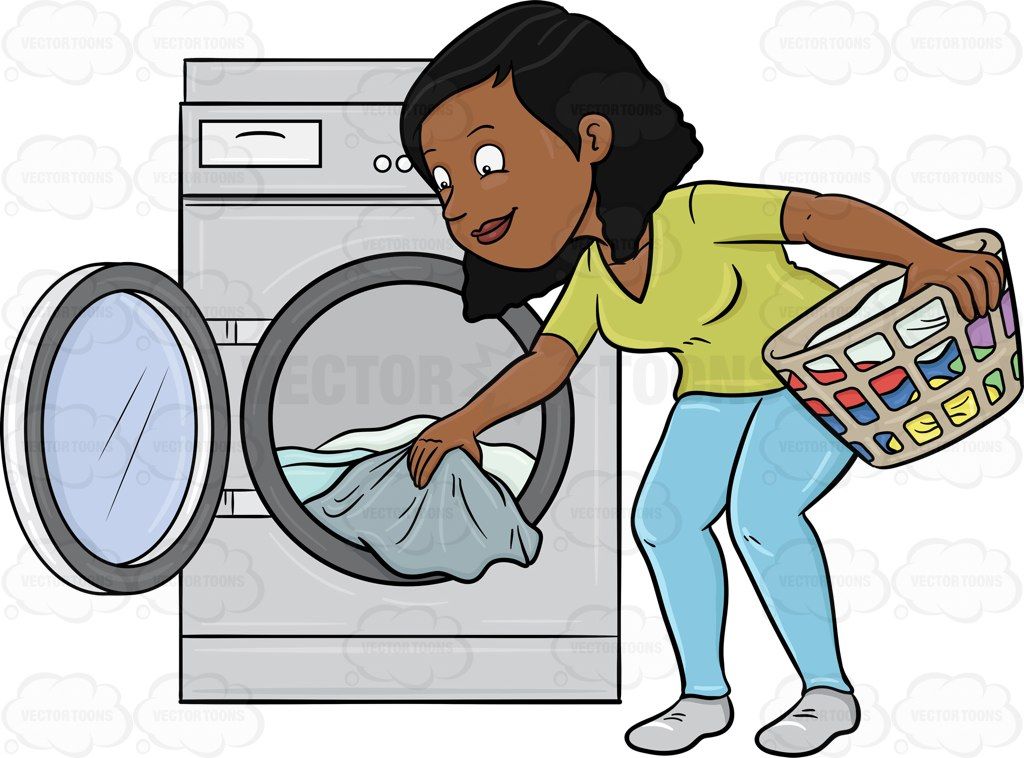 Often it is enough to shake off such shoes by tapping against each other, or wipe them with a damp cloth (if the model is made of leather or leatherette). To make white matter less dirty, it is powdered with chalk before training.
Often it is enough to shake off such shoes by tapping against each other, or wipe them with a damp cloth (if the model is made of leather or leatherette). To make white matter less dirty, it is powdered with chalk before training.
How to wash ballet flats in the washing machine?
It is recommended to wash dance shoes in a special bag that prevents friction against the walls of the drum. An old pillowcase (without bright patterns, white or beige) can successfully replace it.
The algorithm is:
- Place the flats in a delicate wash bag or in a pillowcase (you can simply place them between terry towels).
- Pour detergent into the compartment according to the instructions.
- Select the program "Hand wash" ("Delicate wash") or set the temperature to 40 degrees and remove the spin.
If ballet shoes are damaged, it is correct to repair them first, and then start washing. Otherwise, the shoes will deteriorate even more.

Hand wash
Ballerinas made of leather, leatherette, with decorative elements are cleaned only by hand. It is optimal to use a foam cleaner, such as Salton for suede, nubuck, leather and textiles. It is enough to apply the foam on the stains, wipe with a sponge - and the shoes will be clean again. In the same way, you can clean the insoles and the inside of ballet shoes.
If you want to wash your dance shoes in the classic way, then you should pay special attention to the soap solution. Washing powder must be completely dissolved in water before washing. Otherwise, it will clog the fabric, which will reduce the life of the shoe. In addition, white stains will remain on black matter.
Instructions for hand washing ballet flats:
- Dissolve detergent in warm water (30-40 degrees) according to instructions.
- Place the flats in the basin and leave for 5 minutes.
- After the indicated time, scrub the dirt with a soft brush.
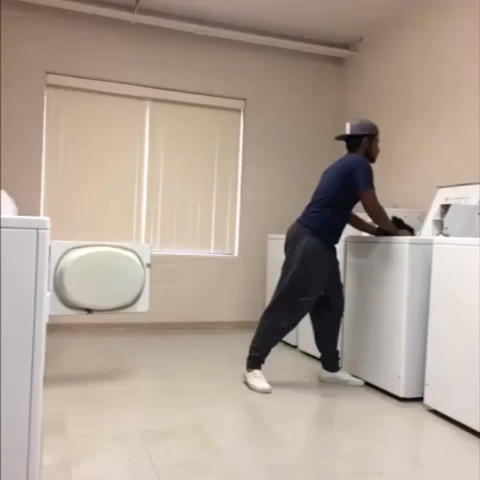 You can use an old toothbrush.
You can use an old toothbrush. - Rinse with warm water.
Dance shoes do not need to be twisted! You can only blot the pair with a dry terry towel or other highly absorbent cloth.
Drying
It is important to dry ballet flats properly so that they do not become rough or deformed. Drying is carried out at room temperature in a well-ventilated area. For example, on the balcony. You can hang shoes or put on a towel. The main thing is that water from the sole does not get on the fabric (brown stains may remain on white textiles). On average, dance ballet flats dry out in 24 hours. To speed up the process, you can fill them with white paper. But you do not need to dry such shoes with a hairdryer, iron or near heating appliances.
The following technique will help restore the pile on the sole. It is necessary to put a paper towel on the leather insert and touch the hot iron several times. Then it remains to walk along the sole with a brush for suede and nubuck - and it will look like new!
Washing ballet flats is a simple procedure. General rules apply here, suitable for most delicate things. To keep your shoes less dirty and odor free, it's important to shake off the dust after every workout and store the pair in a breathable bag. By the way, to remove the smell of sweat, it is enough to leave fabric bags with baking soda inside the shoes overnight.
General rules apply here, suitable for most delicate things. To keep your shoes less dirty and odor free, it's important to shake off the dust after every workout and store the pair in a breathable bag. By the way, to remove the smell of sweat, it is enough to leave fabric bags with baking soda inside the shoes overnight.
How to wash ballet flats for dancing so they don't stink
Posted by
Ballet shoes are shoes made by designers based on the shoes of dancers. It is practical to use, comfortable and beautiful, but needs care. Cleaning or washing keeps shoes in their original condition and eliminates possible unpleasant odors.
Ballet flats quickly get dirty and get an unpleasant smellCaring for ballet flats in the machine - automatic
You can resort to cleaning shoes by simply wiping them regularly and using insoles made from natural materials. But still, there will come a point when they need to be washed and light cleaning measures will no longer be effective.
But still, there will come a point when they need to be washed and light cleaning measures will no longer be effective.
Depending on the material from which the shoes are made, the care provided also varies. Ballerinas made with fabric can be washed in a washing machine, while other types can only be washed by hand.
Ballet shoes are an alternative to summer shoes for going out on a cool evening or walking in not too hot weather. They have gained unprecedented popularity due to the convenience and aesthetic appearance.
Materials used to make dancers' shoes include:
- fabric;
- genuine leather;
- leatherette;
- suede.
External differences of ballet flats cannot be counted. The designer's imagination is limitless, for this reason there are no boundaries for the appearance of shoes.
After purchasing ballet flats, keep in mind that care varies depending on their appearance. If ballet shoes are made of leather or suede, they are embroidered or glued with patterns of different materials, washing will be done only by hand.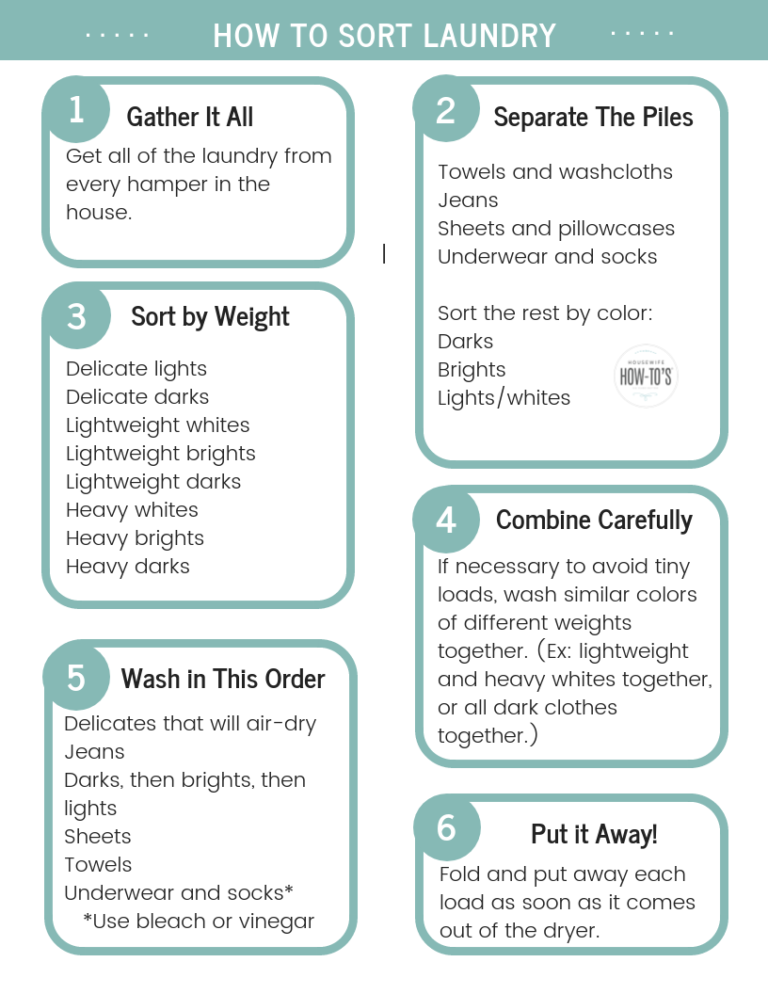 And ballet flats with rhinestones are not washed, but only cleaned to avoid peeling patterns.
And ballet flats with rhinestones are not washed, but only cleaned to avoid peeling patterns.
Fabric dance shoes are machine washable. Before placing them in the drum, you need to make sure that they are intact: they are not glued or torn. Otherwise, take the ballet shoes for repair, only then you can wash them. Otherwise, it will become even more useless after washing.
They must be placed in the drum after placing it in a bag. Or fill the drum with towels or other fabric so that the flats do not have direct contact with the walls. This is done to keep the shoes in their original form and not damage the washing machine.
To start washing, turn on the delicate or hand wash, check that it is set to forty degrees. Turn off the spin cycle and pour in the soft and liquid powder. It is most suitable for the care of slippers and Czechs, and other products.
Washing ballerinas in the machine requires liquid powder and a delicate cycleHand wash
If you buy ballerinas with drawings and patterns, take into account that they can only be washed by hand.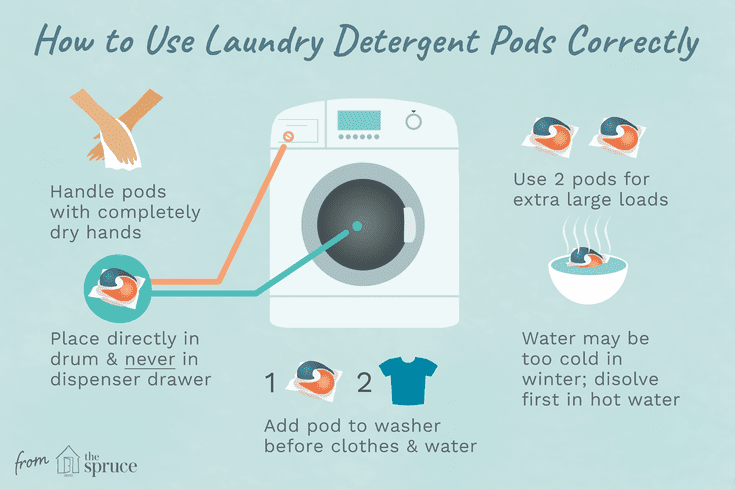 Caring for ballet flats in a washing machine of this kind will lead to damage to the appearance and loss of some decorative elements. Before you start washing, pay attention to the sole. Clean it of dirt, dust and other elements. After that, wipe the ballet flats with a wet or damp cloth. If there is a lot of pollution, resort to using a powder or shampoo.
Caring for ballet flats in a washing machine of this kind will lead to damage to the appearance and loss of some decorative elements. Before you start washing, pay attention to the sole. Clean it of dirt, dust and other elements. After that, wipe the ballet flats with a wet or damp cloth. If there is a lot of pollution, resort to using a powder or shampoo.
When hand washing, do not allow moisture to get inside. If ballet flats are made of genuine leather, do not wet it completely.
Leather ballerinas are best wiped from the outside and inside, if the area is very wet, it must be immediately wiped with a dry cloth and left to dry. If water, while cleaning the sole, flows to the upper part, its appearance will deteriorate with stains. Do not dry leather shoes and other types of shoes in the sun or on a radiator, this spoils the shoes and makes them unusable. You can speed up the drying process by placing the shoes in any place protected from the sun and stuffing the inside with newspapers or paper.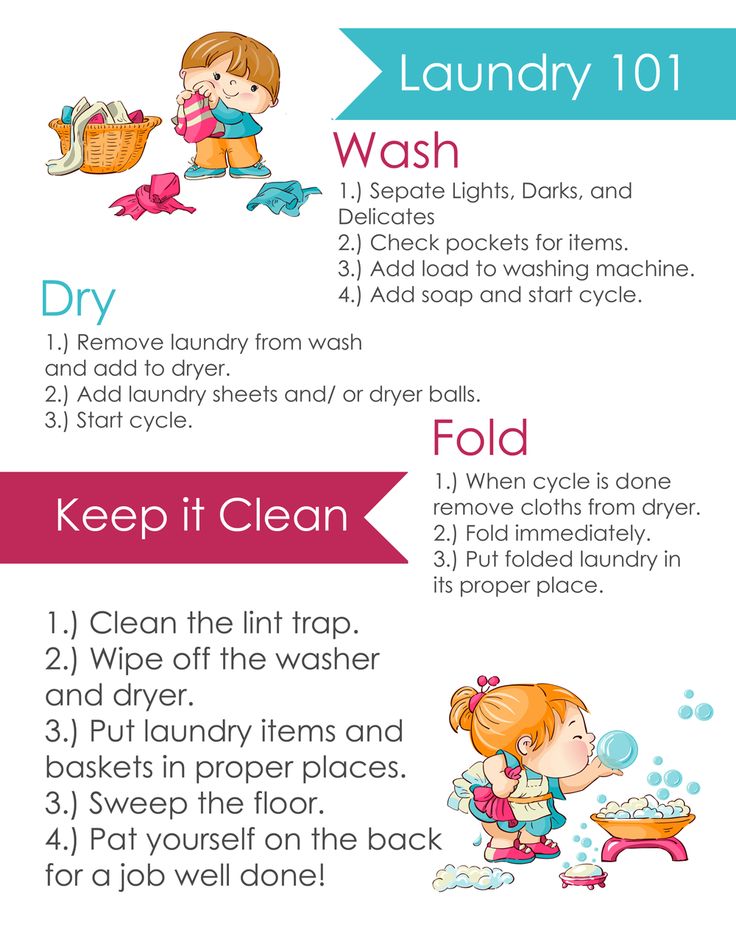
If ballet shoes are not brought to catastrophic soiling, there will be no need to wash. It is enough just to wipe it from time to time inside and out, changing the insoles and washing them, and your shoes will serve you for a long time and washing will not be needed.
You can't put them on when they're wet, because at that moment various bacteria will develop in it. It dries for about a day, and only after complete drying it can be worn.
Ballet flats are undeniably comfortable shoes and are suitable for the warm season, but hot summer is not the time for closed ballet flats. It is better to switch to open models that allow your legs to breathe.
Washing sometimes helps to get rid of unpleasant odors in shoes. It can be associated with a number of factors:
- fungus;
- not natural fabric;
- improper care.
In the first case, you should immediately consult a doctor.

